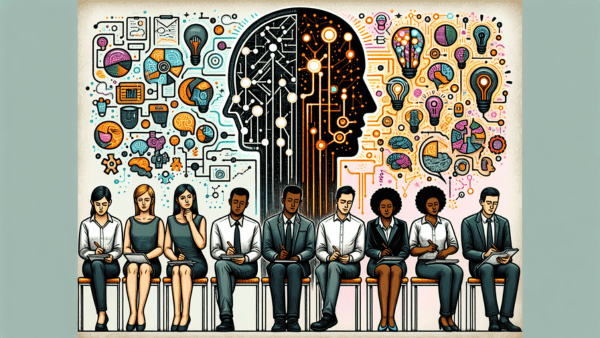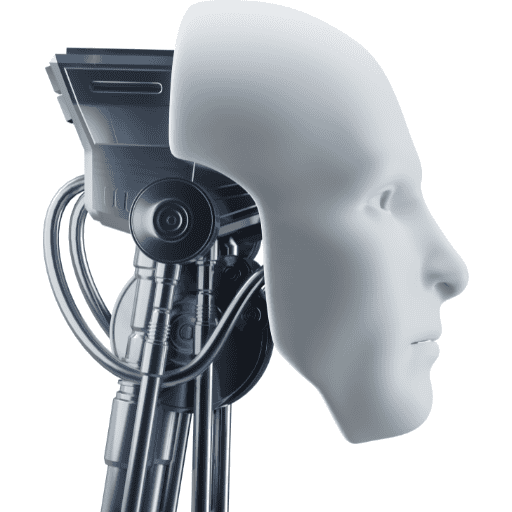AI vs. Human Researchers: Who's Better at Generating New Ideas?

Imagine asking a robot and your favourite scientist to come up with new and clever research ideas, then comparing who does the better job.
Well, that’s essentially what researchers did, diving into a study to see how the ideas of an AI model match up against those of human researchers. Let’s break down the key discoveries and what they might mean for the future of research.
Meet the AI: Claude 3.5
In the red corner, we have Claude 3.5, a super-smart AI model. This digital brain was tasked with generating research ideas in the field of natural language processing (NLP). And here’s the surprise: Claude 3.5 was pretty good at coming up with ideas that were seen as more original and exciting than those from 49 human researchers. This was not just based on a whim—79 reviewers took a blind look at all the ideas without knowing who or what created them and found the AI’s work quite impressive in terms of originality.
The Reality Check: Feasibility Matters
But here comes a twist. While Claude may wear the crown for originality, the human researchers outperformed when it came to feasibility—meaning their ideas were more practical and doable. AI’s wild ideas sounded great but weren’t always something you could really tackle in the real world.
Why Humans Might Have Been Shortchanged
The study had a few quirks, though. For one, it stuck to just one research area—NLP. So while Claude 3.5 did well there, we can’t exactly say it would do the same across all fields of science. Also, the humans in the study were working against the clock with just ten days to come up with their ideas.
Meanwhile, the AI whipped up thousands of suggestions in a matter of hours, not to mention, the way ideas were presented to the reviewers might have been biased. Both AI and human ideas were given a similar writing style using language models, which might have affected how novel these ideas seemed.
AI’s Originality: A Double-Edged Sword
With AI, quantity doesn’t always mean quality. Though Claude 3.5 generated a whopping 4,000 ideas, only about 200 of them stood out as truly unique. This may suggest that AI’s originality tends to fade the more ideas it pumps out—something like when you’re trying to write an essay, and your best points come first while the later ones sort of fizzle out.
AI as a Research Partner?
This study shines a light on a growing interest in AI as a helpful tool in research. People want to see if AI can make the process of coming up with new ideas faster or easier. But figuring out if an idea is good or not is tricky and very personal; everyone has different opinions about what makes an idea great.
Chenglei Si, a computer scientist involved in the study, commented, “The best way for us to contextualize such capabilities is to have a head-to-head comparison.” Echoing this sentiment, Tom Hope from the Allen Institute for AI adds, “More work like this needs to be done.” Both highlight the need to keep looking deeper into AI’s role in research and how this dynamic evolves.
Looking Ahead: What’s Next for AI and Research?
Researchers are not done yet. They plan to level up this study by comparing AI ideas to top conference papers to see how AI might continue to change the scientific world. These findings lead to important thoughts about the role AI will play: if it should be just a helper or take on a more active role in driving new scientific discoveries.
This study not only opens doors for more research but also prompts us to think about how we can best use AI’s strengths while acknowledging its limits. It’s up to the scientific community to figure out how to balance AI’s creativity with human practicality, ensuring that as AI becomes more involv
